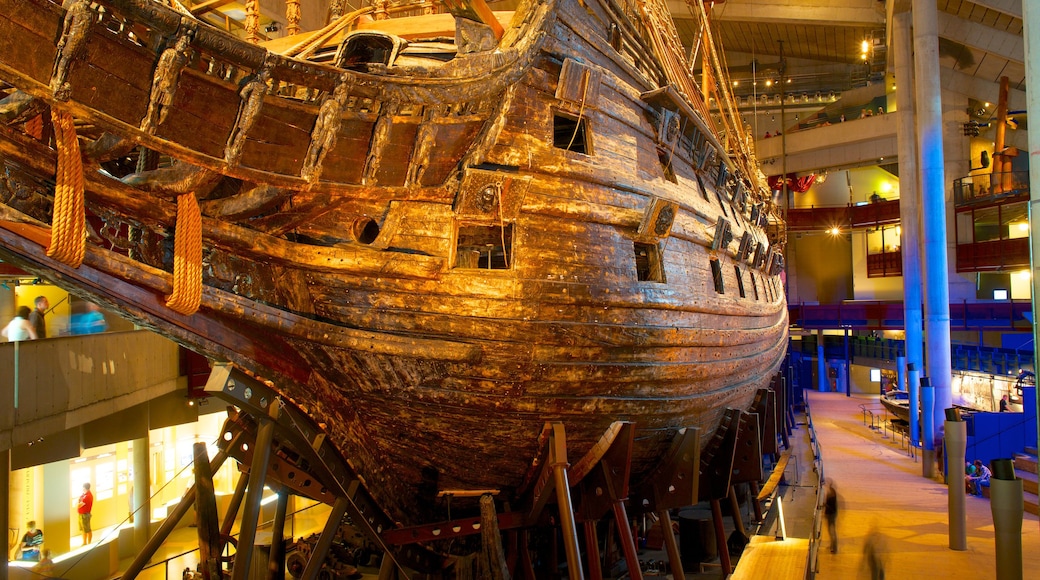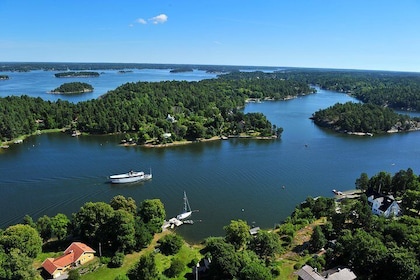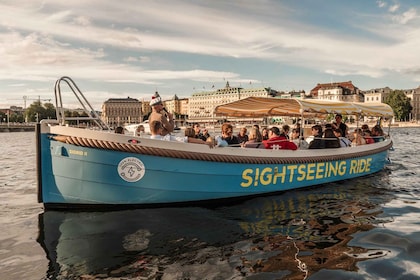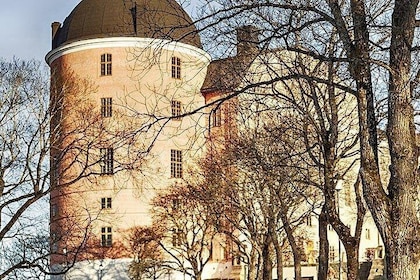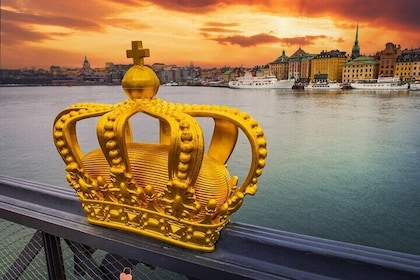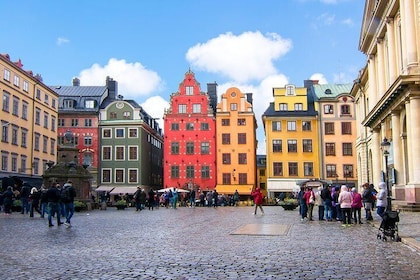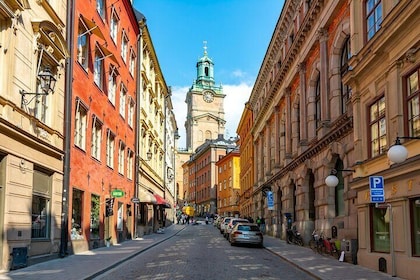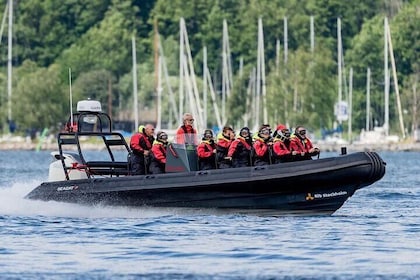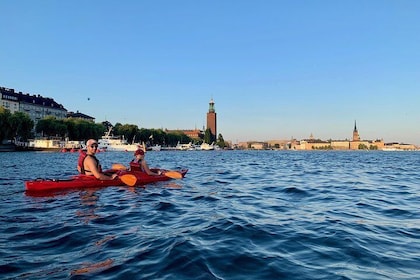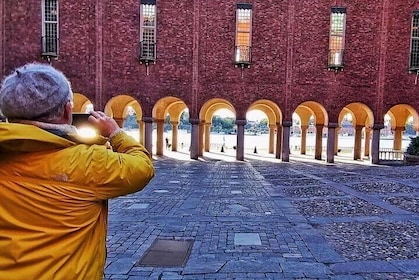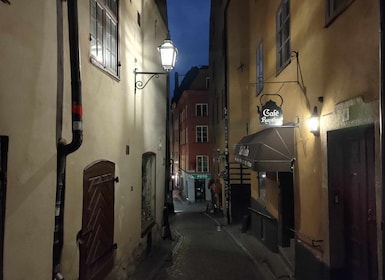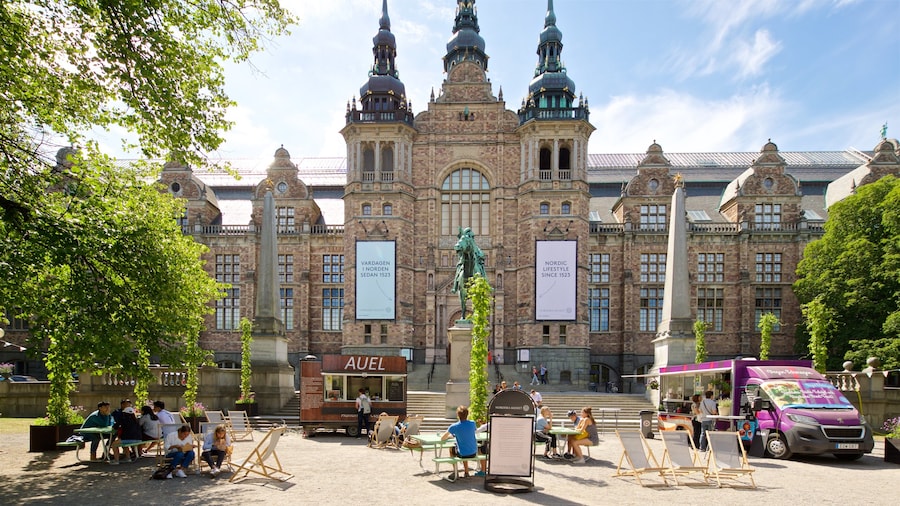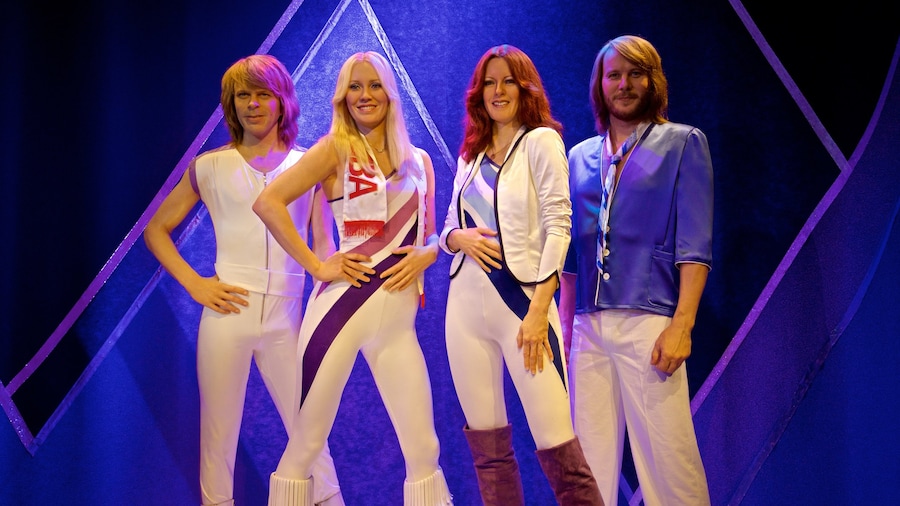You have probably heard of the Titanic’s fatal maiden voyage. The Vasa Museum (Vasamuseet) tells the lesser-known story of the Vasa battleship, which sank three centuries earlier before even leaving the harbour where it was launched. Marine archaeologists recovered the 17th-century battleship from 32 metres (105 feet) of water and preserved much of the ship and its artefacts in a public museum.
Learn about the history and recovery of the ship in a short film times for English screenings can be found on the museum’s website. Then explore the 11 exhibition areas in the museum.
His Majesty’s Ship exhibition has a large painting showing the ship’s heavy load of weaponry and a model of the ship, which explains the reasons the Vasa sank. Actual skeletons of crew members are eerily displayed in the Face to Face museum. Watch the multimedia shows to learn about their living conditions and activities aboard the ship. See their clothes and typical meals in the Life Onboard area.
Anders Franzén rediscovered the ship on the harbour floor in 1956 with equipment including a homemade echo sounding device. See this equipment and more details of the discovery and recovery of the ship in the Salvaging exhibition. Then move to the Imagery of Power area to see hundreds of restored sculptures of gods, lions and mermaids once held onboard.
Go to the back of the museum to the Vasa Garden to see how the Vasa crew and Swedish farmers produced and used flowers, vegetables and medicinal herbs.
Stroll from Central Station to the Vasa Museum on Djurgården. The walk is only 30 minutes and is one of the best ways to reach the popular museum. Tour buses fill the on-site parking lot rapidly. Public buses and trams provide convenient transport alternatives to driving.
Visit Vasa Museum any day except select public holidays. The website provides details of opening hours and fees. Visitors under 18 have free admission. English guided tours are regularly available. The website also offers a free audio guide downloadable to your mobile.
